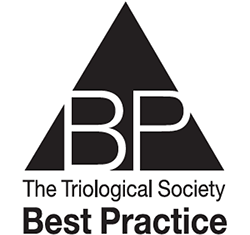Fresh frozen homologous costal cartilage in rhinoplasty represents an alternative approach that has been described mostly through single-surgeon case series in the existing literature.


Fresh frozen homologous costal cartilage in rhinoplasty represents an alternative approach that has been described mostly through single-surgeon case series in the existing literature.

Evidence suggests that post-operative nasal stents are beneficial if used for three to six months by a hypothesized mechanism of hindering the contraction and regression of the surgically repositioned lower lateral cartilages.
Although en bloc resection remains the standard of care for primary treatment of oral cavity squamous cell carcinomas (OCSCC), methods of intra-operative assessment of margins vary.

The use of tranexamic acid to reduce intraoperative bleeding may have applications in septorhinoplasty.

Platelet-rich plasma has a therapeutic role in hair restoration, with most trials examined having a low risk of bias.

Tranexamic acid (TXA) is an antifibrinolytic agent that inhibits clot breakdown and is well described in the literature toreduce intraoperative blood loss in craniofacial, cardiac, trauma, dermatologic, and orthopedic surgeries.

Recent prospective clinical studies have not found an increased incidence of facial scarring in patients using isotretinoin in the perioperative period.

There is no meaningful advantage to justify using tranexamic acid as a best practice measure in rhytidectomy.
Both septoplasty and rhinoplasty are associated with mostly mild pain, and postoperative opioid requirements are quite low.

Given the lack of reliability of the Schirmer’s Test, it is not essential in the preoperative evaluation of blepharoplasty patients.